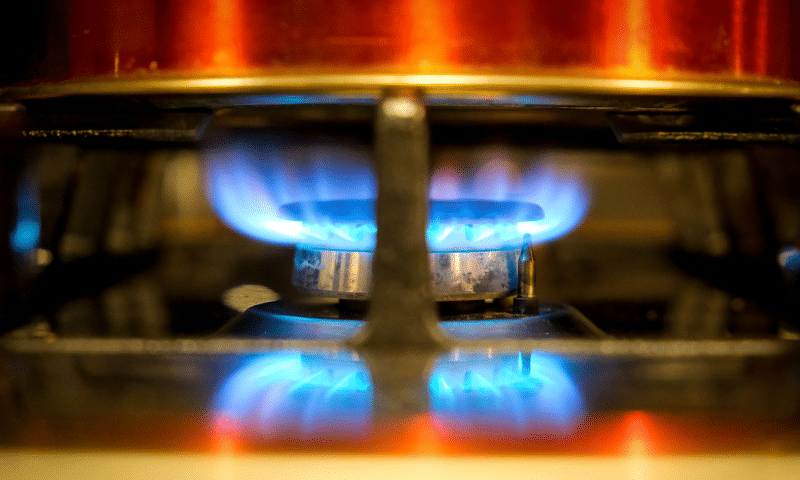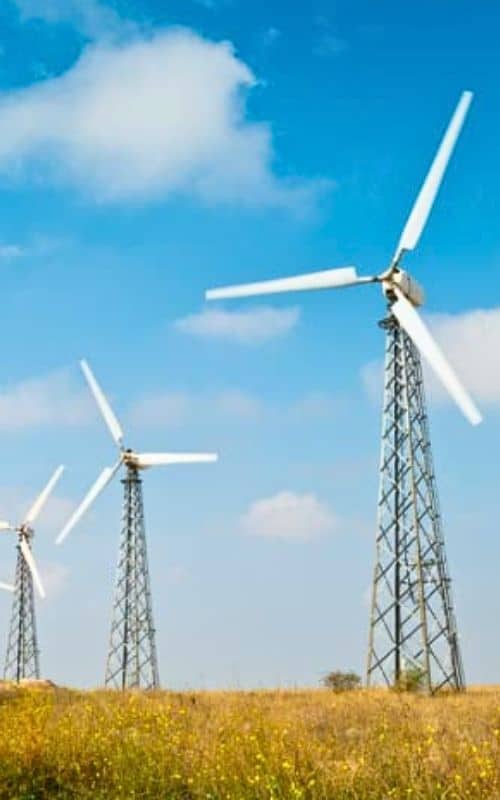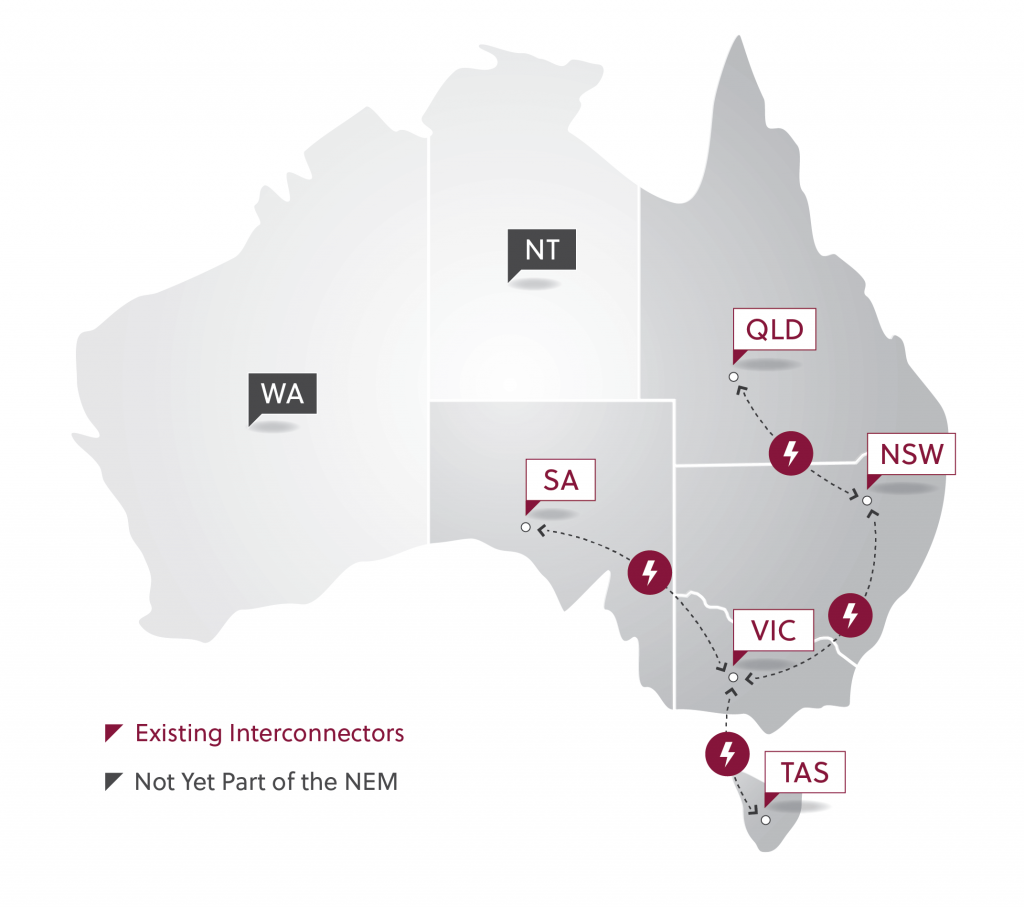Australia’s power grid is a complex and critical infrastructure that underpins the country’s modern way of life. It encompasses a vast network of power generation, transmission, and distribution systems that deliver electricity to homes, businesses, and industries nationwide.
Energy Matters has been a leader in the renewable energy industry since 2005 and has helped over 40,000 Australian households in their journey to energy independence.
Let us discuss and choose the best quote that suits your needs and budget, and we can connect you with our trusted local installers, who will provide up to 3 FREE quotes for your home and business solar energy system.
Power grid main components
The power grid in Australia is a complex system that delivers electricity to homes, businesses, and industries nationwide.
Generation sources
The Australian power grid is characterised by diverse energy sources, reflecting the country’s commitment to ensuring a reliable, affordable, and sustainable energy supply. The primary generation sources include:

Coal fired power stations
Historically, coal-fired power plants have been Australia’s dominant electricity generation source. However, the country is gradually shifting away from coal due to environmental concerns and the global push for cleaner energy

Natural gas
Natural gas is another significant source of electricity generation in Australia. It is often used for peaking power plants, which can quickly respond to fluctuations in demand.

Nuclear (under consideration)
The debate around nuclear power as a potential energy source in Australia continues. While the country has no commercial nuclear power plants, discussions persist about its feasibility and sustainability.

Renewable energy
Australia has vast renewable energy potential, thanks to its abundant sunlight, wind, and hydro resources. Solar and wind power have experienced rapid growth in recent years, with large-scale solar farms and wind turbines contributing significantly to the grid.
Hydropower
Although hydropower is less prominent in Australia than other sources, it still plays a role, especially in regions with suitable geographical features.
Transmission grids
The power generated from various sources is transported across vast distances through a sophisticated transmission network. Australia’s power transmission system is divided into several interconnected grids:
Eastern grids
This is the largest and most interconnected grid, covering the eastern states of Queensland, New South Wales, Victoria, and South Australia. It includes major cities like Sydney, Melbourne, and Brisbane.
Western grids
This grid serves Western Australia, a region characterised by its relatively isolated energy system due to its geographical location.
Northern grids
Covering the Northern Territory, this grid supplies power to remote communities and industries.
Distribution grids
Distribution grids are the process of delivering electricity from the transmission grid to homes and businesses. The distribution grid is a network of lower-voltage power lines that covers a smaller area.
Tired of being the last to know about updates in the renewable energy world? Missed out on a state rebate or incentive? Looking to find out more about how you can save on your utility bills? Subscribe to Energy Matters’ weekly newsletter and keep updated with Australian and international news, incentives, and offers.
Distribution and transmission companies in Australia
- ACT – Evoenergy
- NSW – Essential Energy, Ausgrid, Endeavour Energy, TransGrid
- NT – Power and Water
- Qld – Energy Queensland, PowerLink
- SA – SA Power Networks, ElectraNet
- Tas – TasNetworks
- Vic – Powercor, Citipower, Jemena, AusNet Services, United Energy Distribution
- WA – Western Power, Horizon Power, Synergy

Live Australian Electricity Generation Source Statistics: The NEM Watch Live widget displays the amount of electricity generated in Australia’s National Electricity Market (NEM) and other major networks. It also indicates where the energy comes from, including Australian electricity generation by fuel type and various sorts of renewables like solar power, so we can see how we’re doing in terms of meeting our renewable energy targets.
Challenges and future prospects
While Australia’s power grid has made significant progress, it also faces several challenges:
Transition to renewable energy: One of the primary challenges is the transition to a cleaner energy mix. Australia is committed to reducing greenhouse gas emissions, which requires a shift away from coal and greater integration of renewables.
Grid resilience: The increasing frequency of extreme weather events, such as bushfires and storms, threatens the grid’s resilience. Strengthening infrastructure to withstand these challenges is crucial.
Aging infrastructure: Much of the power infrastructure in Australia is aging, requiring substantial investments in upgrades and modernisation to ensure reliability.
Decentralisation and distributed energy resources: The rise of rooftop solar panels and other distributed energy resources presents both opportunities and challenges for grid management.
Energy storage: As the share of intermittent renewables like solar and wind grows, energy storage solutions such as batteries are becoming more important to stabilise the grid.
Electric vehicles: The increasing adoption of electric vehicles introduces a new dimension to the grid, with the potential to strain local networks during peak charging times.
Attention, automobile enthusiasts! Are you prepared to embark on an electrifying journey with your next car? Brace yourself for a groundbreaking opportunity that will revolutionise your driving experience. Don’t miss out on this exclusive chance to book a test drive in one of the latest and most cutting-edge electric vehicles (EVs) available right in your very own neighbourhood!
So, what are you waiting for? Seize this moment to revolutionise your driving experience. Be a trendsetter, an innovator, and a protector of our planet. Book your test drive today and prepare to join the growing community of electric vehicle enthusiasts. The road to a sustainable and electrifying future awaits – don’t miss your chance to be part of it!
Future directions
To address these challenges and shape the future of the power grid, Australia is taking various steps:
Renewable energy targets: Federal and state governments have set ambitious renewable energy targets to drive the transition to cleaner sources.
Smart grid technologies: Implementing smart grid technologies can enhance grid management, improve efficiency, and enable better integration of renewables and distributed resources.
Battery storage: Large-scale battery projects are being developed to store excess renewable energy and release it during peak demand, thereby reducing stress on the grid.
Demand response programs: Encouraging consumers to adjust their energy usage during peak periods can help balance supply and demand.
Interconnection expansion: Increasing interconnection capacity between grids allows for more efficient sharing of energy resources.
Australia’s power grid is a complex and evolving system that plays a vital role in the country’s economic and social development. With a focus on renewable energy, grid resilience, and technological innovation, Australia is poised to navigate the challenges and opportunities that lie ahead in pursuing a sustainable energy future.
Still can’t afford to switch to solar power?
Are you considering getting solar panels but are currently short on funds? You can still invest wisely, and Energy Matters can help you.
Powow and Energy Matters have teamed up to provide consumers with an alternative to switching to solar power and battery storage.
The biggest obstacle to installing solar and battery storage is typically finance. With Powow’s PPA and VPP, our customers will have a $0 upfront option and financial stability in the uncertain energy market.
Get up to 3 obligation-free quotes by getting in touch with us right away. Find out what payment plan options suit your needs and budget!
Check out our page for Powow: Power Purchase Agreement (PPA) and Virtual Power Plant (VPP).












































